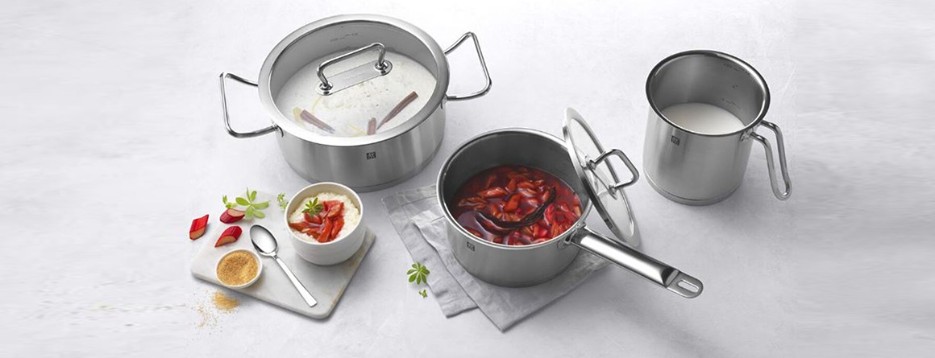Complete Guide to Proper Boiling: Types of Pots and Essential Techniques
Why Boiling Matters
Anyone can boil an egg or a portion of pasta—but achieving the exact texture a recipe demands takes skill. Boiling results vary based on pot material, boiling liquid, and method: high heat, low heat, or pressure.
What Is Boiling?
Boiling involves heating a liquid until it reaches a rolling boil, then cooking food in that liquid. This ancient technique—dating back half a million years—cooks food evenly, tenderizes it, extracts flavor, and kills harmful microbes.
Benefits of Boiling
- Flavor Extraction: Ideal for soups and broths, drawing aromas from bones, meats, and vegetables.
- Low-Fat Cooking: No need for added oil—perfect for healthier meals.
- Versatility: Works for grains, pasta, vegetables, fruits, and more.
- Quick & Uniform: Cooks food consistently and safely.
Note: Overboiling vegetables in too much water can leach water-soluble vitamins, so remove them as soon as they’re tender.
Best Pots for Boiling
Stainless Steel
Non-reactive, durable, and safe for acidic ingredients (tomato sauces, vinegar, citrus). Choose versions with aluminum/copper cores for better heat conduction.
Aluminum
Heats rapidly. Opt for high-quality cast aluminum with a nonstick interior to prevent reactions with acidic foods.
Ceramic
Retains heat evenly—great for rice, stews, and soups. Use enamel-coated ceramic to resist moisture and cracking.
Cast Iron
Heats slowly but holds heat superbly. Enamel coating makes it easy to clean and safe for acidic dishes.
Essential Boiling Techniques
Simmering (Low Heat)
Keep water just below a full boil (~90 °C). Ideal for rice, pasta al dente, and delicate proteins like chicken breast.
Rolling Boil (High Heat)
Maintain a vigorous boil (100 °C). Perfect for pasta, potatoes, green beans, and blanching vegetables.
Pressure Cooking
Uses steam above 100 °C to dramatically reduce cooking times—excellent for tough meats and dried legumes.
Steaming
Not direct boiling: food rests above boiling water, cooking gently in steam to preserve nutrients and color.
Bain-Marie (Water Bath)
Indirect gentle heat by placing a container of food in simmering water—ideal for custards, sauces, melted chocolate, and delicate dishes.
Final Tip
Always remove food from boiling liquid the moment it’s done to preserve texture and nutrients.


